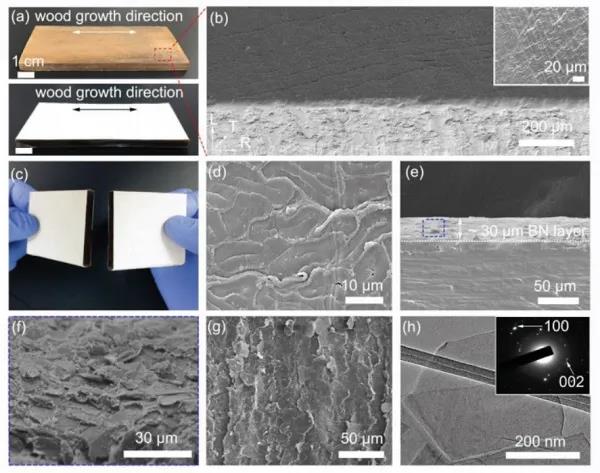Flame retardants interfere with the combustion process during a fire, pyrolysis, or flame spread through chemical reactions or acting as a physical barrier. Adding flame retardants to wood can improve the fire resistance of the material without sacrificing the inherent advantages of wood materials. Although halogen and phosphorus organic flame retardants can effectively reduce HRR and enhance the fire resistance of wood, the environmental risks caused by toxic halogen products remain problematic. In contrast, inorganic flame retardants are greener and more suitable for sustainable applications. Most inorganic flame retardants have excellent gas barrier properties, including clay, clay nano-paper, silica, titanium dioxide, calcium carbonate, and magnesium-aluminum hydroxide. They reduce the HRR of wood by insulating the surface and delaying the thermal decomposition of the wood.
However, due to its isotropic adiabatic behavior, which produces a concentrated heat flux near the fire, traditional inorganic flame retardants generally have limited effectiveness in improving ignition performance.
The University of Maryland has proposed a scalable and straightforward method to form wood by combining densification with a nano-layered hexagonal boron nitride (h-BN) coating with a thickness of 30 µm. It densifies the wood, which increases the fire resistance of the wood. Densification has been proven to effectively enhance the flame retardant properties of wood, because it automatically forms a charcoal layer when exposed to flames, thereby providing adequate thermal insulation and oxygen barrier.

Besides, the 2D h-BN sheet can form a layered structure with anisotropic thermal properties, and exhibit excellent dimensional stability, ideal corrosion resistance, and oxidation resistance. It is attractive in terms of fire resistance and can not only reduce HRR, Can also enhance ignition performance. The thermal conductivity of h-BN in the plane and through-plane directions are 390 and 2 W / m / K, respectively. Thanks to the anisotropic thermal conductivity of h-BN, BN densified wood can effectively transfer the incoming heat along the surface of the timber and withstand vertical heat transfer. At the same time, the nano-layered h-BN coating can act as a physical barrier to oxygen and volatiles, thereby slowing the exothermic reaction.
Also, the coating method is simple and extensible, creating sandwich structures for BN dense wood longer than 25 cm and more comprehensive than 15 cm. Compared with other flame retardant wood materials, BN densified wood shows one of the most extended ignition delay times and the highest tensile strength. Flame retardant BN dense wood meets the requirements of large-scale production, high mechanical properties, and proper fire safety.
In this study, the author demonstrated a super durable and fire-resistant BN dense wood through a simple and effective coating method. The h-BN coating is uniform and stacked horizontally on the surface of 7 mm thick, dense timber, providing an excellent protective barrier against the diffusion of oxygen and the release of flammable volatiles when exposed to heat. Thanks to the anisotropic thermal conductivity of h-BN, BN densified wood shows excellent thermal diffusivity in the in-plane direction and effective thermal barrier in the in-plane direction. Compared to uncoated dense wood, the ignition temperature (Tig) of BN thick wood is increased by 41oC, the ignition delay time (tig) is doubled, and the maximum HRR is reduced by 25%, indicating an overall improved fire resistance. At the same time, BN densified wood also shows excellent mechanical properties, the high tensile strength of up to 471.5 MPa, and exceptional tensile strength of 362 Mpa · cm3 / g, demonstrating the super lightweight alternatives to these traditional structural materials.
This research shows that anisotropic thermally conductive h-BN flame retardant coating not only enhances the fire resistance of wood but also maintains the high strength of the material imparted by densification, representing a promising development of high-performance structural elements that can meet the direction of the requirements.




